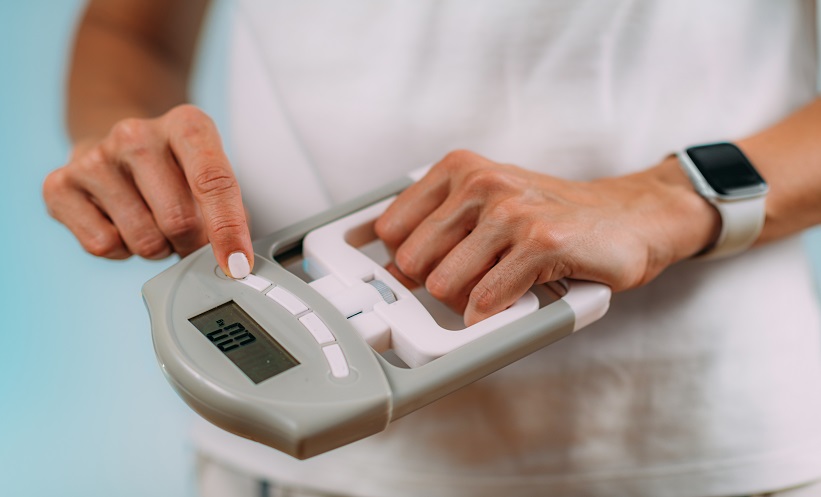VARIATIONS in weight gain tendencies could be partly explained by differences in the ability to metabolise fat, according to researchers from the Karolinska Institutet, Solna, Sweden. The findings suggest that individuals with reduced activity in certain genes involved in lipolysis need to undergo more intensive lifestyle changes to avoid developing conditions like Type 2 diabetes.
Study of Fatty Tissue
Scientists have observed that some people are more predisposed to weight gain than others, despite lifestyle similarities including diet and exercise levels. To analyse physiological mechanisms in fatty tissue that may help explain this anomaly, the team studied tissue samples from subcutaneous tissue taken from the stomachs of women at the beginning and end of two long-term prospective cohorts, each of which were followed-up at around 10 years.
Increased Risk of Diabetes
Using this information, the researchers were able to predict which women developed Type 2 diabetes by the end of the study by determining the ability of their fat cells to free fatty acids (lipolysis) in the first tissue sample. Additionally, they found that those women who had developed Type 2 diabetes had reduced activity in a small number of genes involved in the lipolysis process.
In the women who became overweight by the end of the study, their fat cells showed high basal but low hormone-stimulated lipolysis; this increased the risk of weight gain and Type 2 diabetes 3–6-fold.
Physiological Mechanism
“We’ve suspected the presence of physiological mechanisms in fatty tissue that cause some people to become overweight and others not, despite similarities in lifestyle, and now we’ve found one,” commented Prof Mikael Rydén, Karolinska Institutet.
Predicting Weight Gain
The researchers were also able to create a new method of predicting weight gain on the back of these findings. Using simple clinical and biochemical parameters from hundreds of people, they developed an algorithm to indirectly estimate the quantity of fatty acids freed by the fat cells, thereby predicting weight gain. Although the results need to be confirmed in larger studies, the team hope this research will provide a much quicker and efficient way of identifying those at risk of becoming overweight and developing Type 2 diabetes in the future.
James Coker, Reporter







